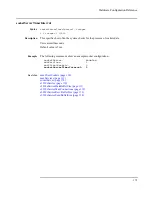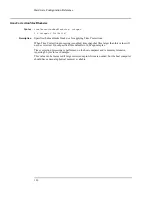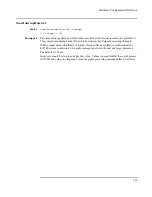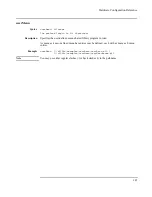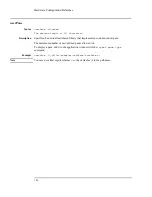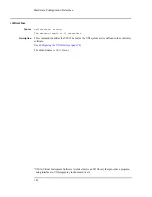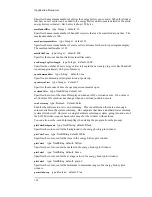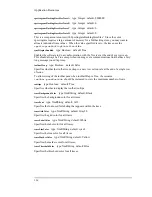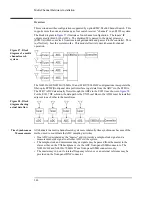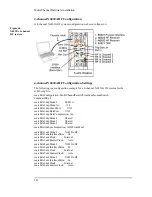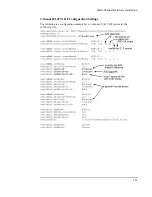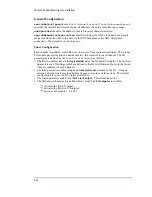
192
Application Resources
2.
Next, calculate the number of frequency points.
num points = (Stop Frequency - Start Frequency)/ Bin Spacing
For our example this would be:
num points = (2.65 GHz - 2 MHz) / 625
num points = 4,236,800
3.
Now, calculate the host computer memory required.
num data points = num points
×
bytes required per data point
For our example this would be:
bytes = 4,236,800
×
4
bytes = 16,947,200
For this example, almost 17 MB of RAM is required. The value you would assign to the
resource is in points.
Example:
*dataBufferSize: 4,300,000
The software fails when it cannot allocate the amount of memory you specify.
defaultAudioExtension
type: XmRString default: *.wav
Specifies the default extension for audio files. The possible audio extensions are:
*.u MuLaw (u-law)
*.al ALaw (A-law)
*.au Sun (NeXT)
*.wav Microsoft RIFF waveform
*.snd Next
*.l16 Linear16 (16-bit signed)
*.l8 Linear8 (8-bit signed)
*.lo8 Linear8Offset (8-bit unsigned)
displayLocalTime
type: Boolean default: True
Specifies whether time information is displayed using the local timezone information. When
False, time values are displayed as GMT.
e3238sIconPixmap
type: XmRString default: none
Specifies a pixmap file to be used as an icon.
enableAudio
type: Boolean default: True
Specifies whether the audio output is enabled.
enhancedSpectrogramMarker
type: Boolean default: True
Enables the enhanced spectrogram marker.
enhancedSpectrumMarker
type: Boolean default: False
Enables the enhanced spectrum marker that adds time information to the marker information.
Summary of Contents for E3238S
Page 62: ...62 Hardware Installation ...
Page 94: ...94 Software Installation and Configuration ...
Page 198: ...198 Application Resources ...
Page 218: ...218 Multi Channel Hardware Installation ...
Page 242: ...242 Specifications ...
Page 252: ...252 Appendix A d E3238s Listing E3238S Installation ...
Page 268: ...268 Appendix B d e3238s cfg Listing E3238S Installation ...


